J-STORIES ー 風雪に耐えて今に残る古民家には、梁や柱などに上質で味わい深く、今では手に入らないような貴重な木材が使われていることが少なくない。しかし、そうした「古木」の多くは、日本の歴史資産ともいえる高い価値にもかかわらず、古民家解体とともに廃材として処理されてきた。
人々の生活の歴史や愛情が刻まれた古木に、建材としての新しい命を吹き込む―。創業1930年の山翠舎(SANSUI-SHA, 長野県長野市)が取り組んでいるのは、古民家の解体、古木を生かした施工や店舗設計などを通じ、捨てられていく古木を付加価値の高い商品としてアップサイクルする循環型ビジネスだ。
「古民家を移築したい」、「古木を内装に使いたい」といった需要があっても、古木の保存・管理や古木を扱える職人の不足など、建材としての再利用には多くの課題がある。同社では自社による一貫体制のもとでこうした課題に対応している。
「古民家を移築したい」、「古木を内装に使いたい」といった需要があっても、古木の保存・管理や古木を扱える職人の不足など、建材としての再利用には多くの課題がある。同社では自社による一貫体制のもとでこうした課題に対応している。
代表取締役社長を務める山上浩明さんは外部の企業で働いたのちに家業の建築会社である山翠舎に入社、古民家が解体される現場を見て衝撃を受けたという。「貴重な古民家が解体されて古木が廃棄されるのはもったいない、なんとか守りたい」(山上社長)と考え、2006年古民家と古木を軸にした新規事業を開始。2012年、3代目社長に就任した。
同社が定義する古木とは、戦前に建てられた古民家の解体から発生した柱、梁、桁、板などの木材のこと。解体した古民家の古木を買取し、自社倉庫に保存する。5000本に及ぶ古木には、1本ずつ由来を明らかにしたラベルが貼られている。こうした古木を使って設計、施工を行い、ニューバランスのコンセプトショップであるT-HOUSE New Balance(東京都中央区)やBEAMS JAPAN SHIBUYA(東京都渋谷区)などをはじめ、飲食店や宿泊施設、公共施設まで、日本各地での施工例は500を超える。
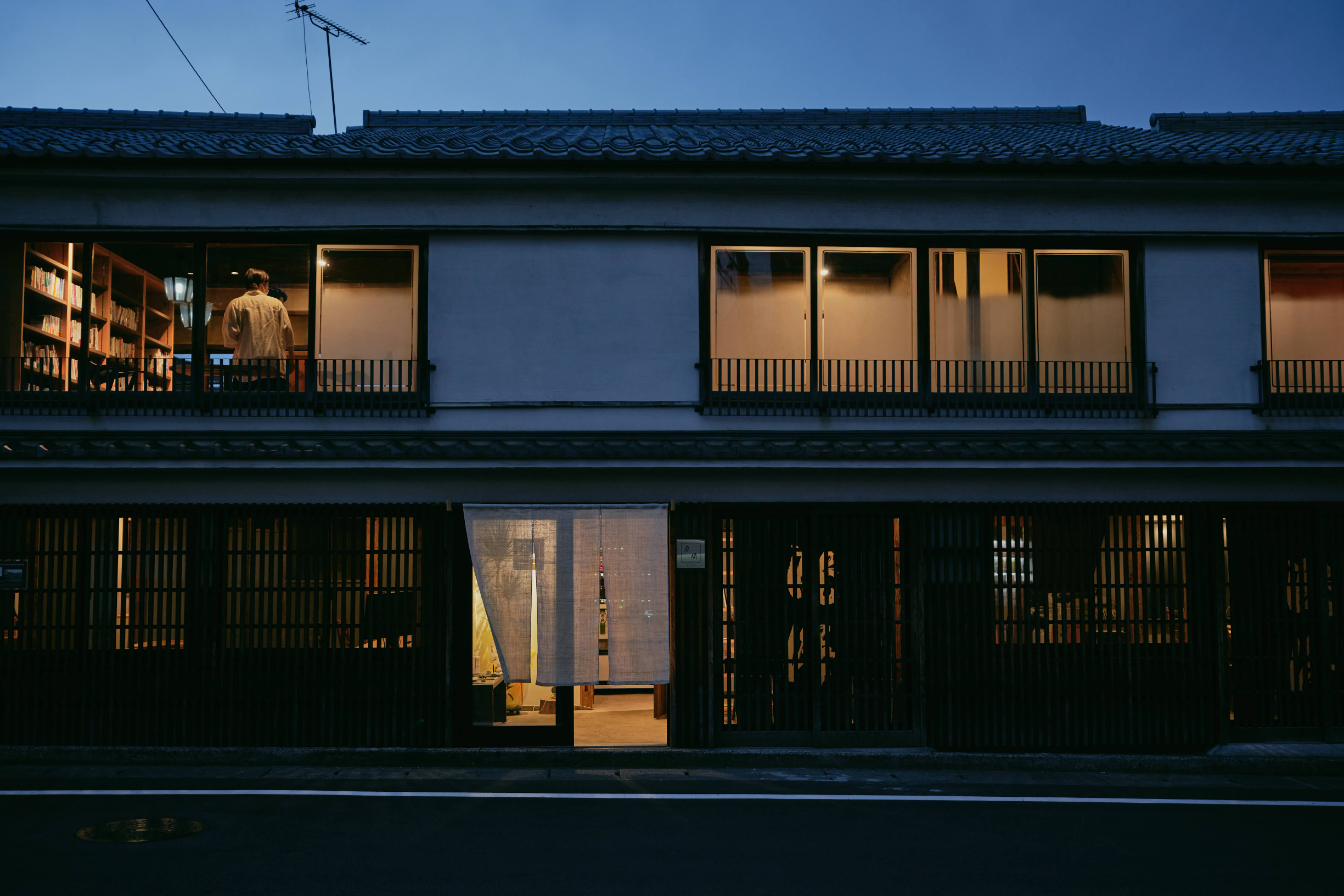
2020年には、同社が取り組んでいる「古民家・古木サーキュラーエコノミー」が日本の建築技法、文化を守るとの評価を得てグッドデザイン賞を受賞した。
また、空き家問題解決の一助にもなればという思いから、古民家を自社で借り上げ、リノベーションしてリース、飲食店の開業までを支援する「山翠舎オアシス」という仕組みづくりもスタートしている。「できれば古民家をそのまま保存できるのが理想。古民家を受け継いできた人の思いを大切にしながら、地方に残る古民家を生かして魅力ある店舗や施設を作れば、地域の活性化にもつながってよい循環が生まれる」とJ-Storiesの取材に対して山上社長は語る。
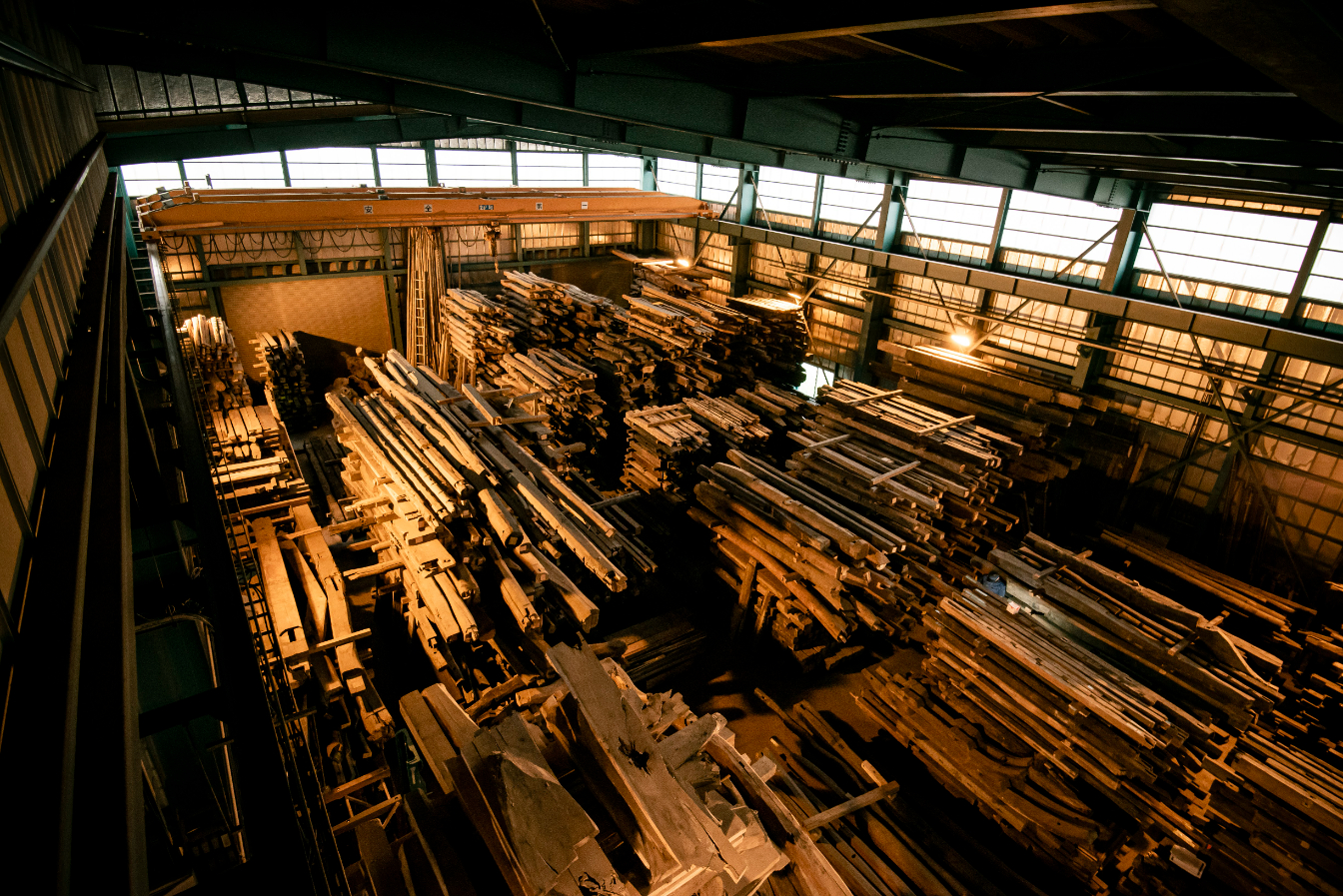
山翠舎によれば、1月にはフランスで開かれたインテリア・デザインの世界的見本市メゾン・エ・オブジェ・パリに「SANSUI」ブランドとして参加、職人の手作業で作られた古木プロダクトなどを出展して高評価を得た。「長い年月をかけて積み重ねた古木のストーリーを、手に触れることで体感できるのが魅力」と語る山上社長は今後、海外展開にも本腰を入れるとし「1年以内にはパリ、サン=ジェルマンにギャラリーを開く予定。将来的には海外比率を50%近くにまで伸ばしたい」と語っている。
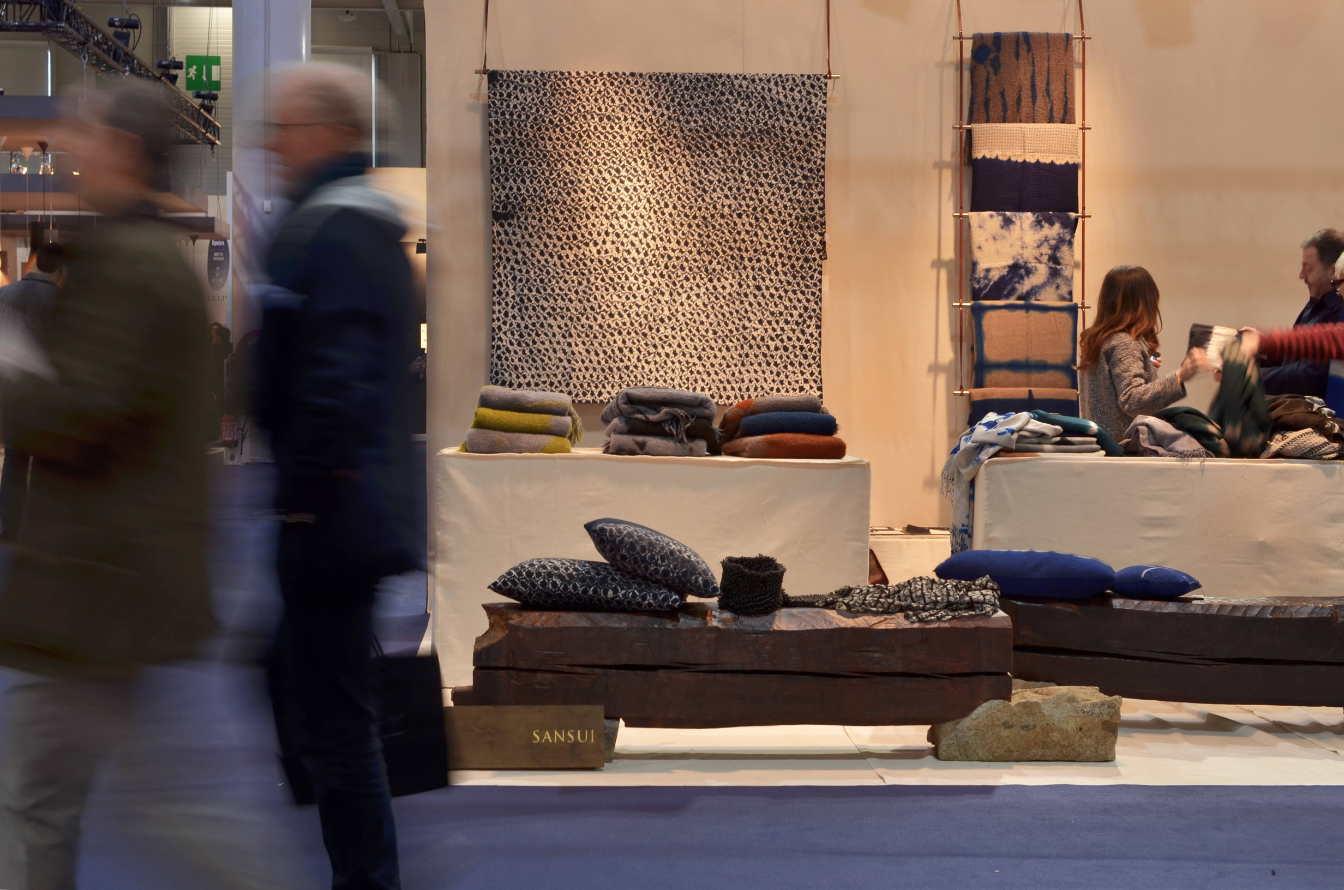
記事:嵯峨崎文香 編集:北松克朗
トップ写真:山翠舎 提供
この記事に関するお問い合わせは、jstories@pacificbridge.jp にお寄せください。
***
本記事の英語版はこちらからご覧になれます。

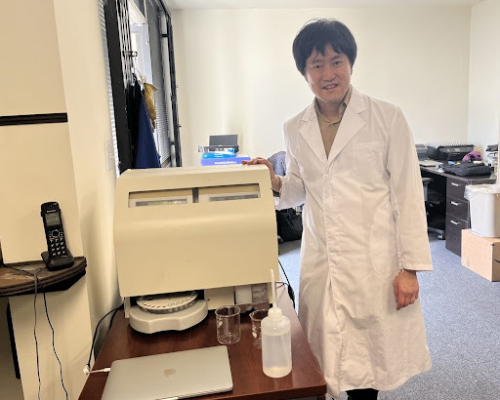
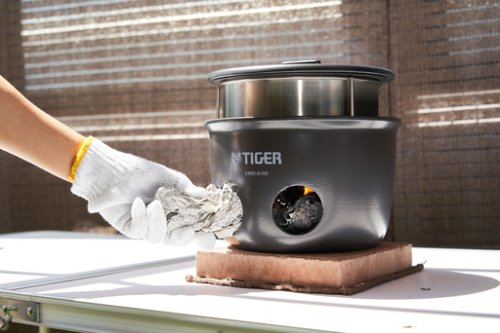
_smallthumbnail.jpg)
_bigthumbnail.jpeg)





![[PODCAST] 外国人創業者が変える日本のスタートアップの形 (Part 7)](https://storage.googleapis.com/jstories-cms.appspot.com/images/1763538829673unnamed_bigthumbnail.jpg)
![[PODCAST] 外国人創業者が変える日本のスタートアップの形 (Part 6)](https://storage.googleapis.com/jstories-cms.appspot.com/images/1763000777388unnamed_bigthumbnail.jpg)




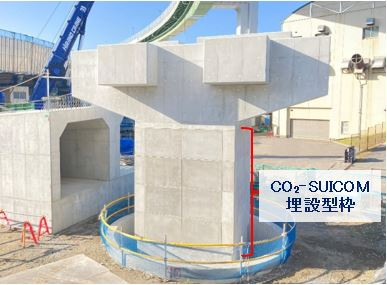


![[PODCAST] 如何打造成功的新創企業社群(第2集)](https://storage.googleapis.com/jstories-cms.appspot.com/images/1748493203370business-man-holding-light-bulb-social-network-2024-10-31-22-37-36-utc_smallthumbnail.jpg)


